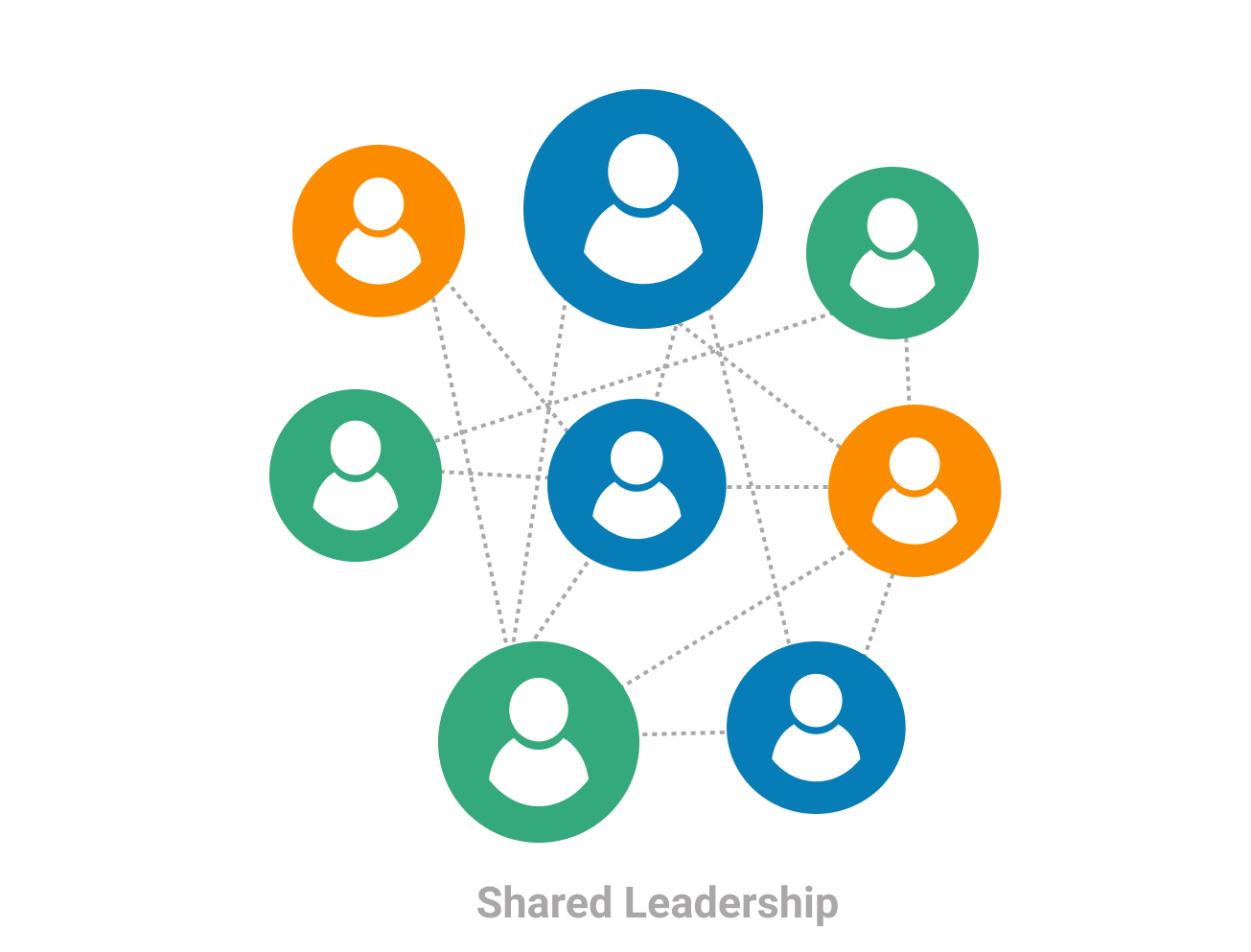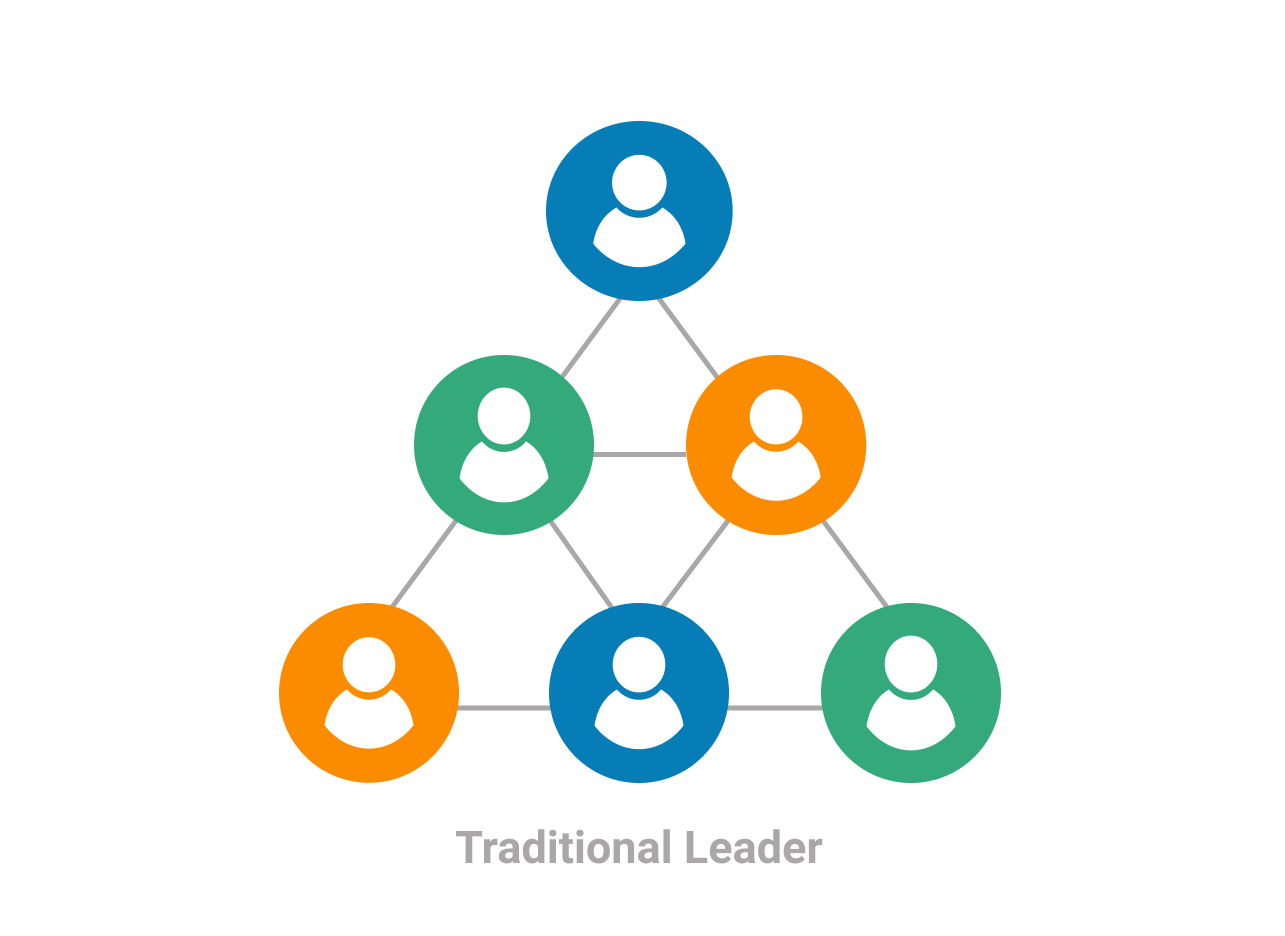Key Takeaways
What is shared leadership in Lean? It's a leadership model where decision-making, ownership, and accountability are distributed across the team rather than centralized at the top.
Why is it better than traditional leadership? Because it supports Lean principles like continuous improvement, autonomy, and flow. Teams act faster, collaborate better, and own their outcomes.
What are the benefits of shared leadership?
- Faster value delivery
- More engaged, empowered teams
- Stronger feedback loops and innovation
- Higher alignment with Lean flow and pull systems
What Is Shared Leadership (And How Is It Different from Top-Down Models)?
Shared leadership is about guiding, not commanding. Unlike traditional top-down leadership - where decision-making is locked at the top - shared leadership encourages team members to lead within their roles, collaborate on strategy, and continuously improve their work.
Think of it as a cultural shift:
- From permission-seeking to problem-solving
- From hierarchy to team alignment
In this model, leaders focus on building clarity, trust, and transparency. Everyone is a leader in their own space, and autonomy isn't a luxury - it's a necessity.

Why Doesn't Traditional Leadership Work in Lean Teams?
Top-down leadership limits flexibility and slows things down. In a Lean environment that depends on agility, transparency, and fast feedback loops, this becomes a blocker.
Here's why it doesn't fit:
- Decisions pile up at the top
- Feedback is delayed or filtered
- Teams don't feel safe suggesting improvements
- Workflows get clogged with approval cycles
Lean thrives on empowered teams. When they're constantly waiting for permission or approval, flow breaks - and improvement stalls.

What Are the Benefits of Shared Leadership in Lean?
Here's what you gain by embracing shared leadership:
| Benefit |
Description |
| Faster Decisions |
Teams can act without constant approvals |
| Better Engagement |
Team members feel trusted and valued |
| Improved Flow |
Bottlenecks reduce when teams own their process |
| More Innovation |
Safe space leads to more improvement ideas |
| Lean Alignment |
Shared leadership supports pull systems and value delivery |
How to Introduce Shared Leadership in Lean Teams
You don't flip a switch. Instead, guide the shift with clear steps:
1. Redefine Leadership
Make it clear that everyone is expected to lead in their role. Set the tone early: leadership is about accountability and contribution - not hierarchy.
2. Identify and Share Value
Help your team understand what value they're delivering and how their work contributes to the customer. Map this together and encourage ideas on how to improve it.
3. Map the Value Stream - As a Team
Even if you know the process, involve your team in mapping it. Front-line team members often surface hidden blockers or inefficiencies that are not immediately apparent.
4. Build Team Ownership of Flow
Once the process is mapped, create a Kanban board or similar visual workflow. Let the team manage it - track blockers, adjust capacity, and manage their own WIP limits.
5. Set Up a Pull System
Encourage team members to pull new work when they're ready instead of being assigned tasks. This encourages focus and avoids the chaos of multitasking.
6. Encourage Experiments and Feedback
Let the team run small experiments. Celebrate improvement - even when it doesn't go perfectly. Use feedback loops like retrospectives to discuss what worked.
What Supports the Transition from Top-Down to Shared Leadership?
Moving from command-and-control to shared leadership isn't easy - but it's possible when you:
- Start with leadership mindset training
- Use visual management tools like Kanban
-
Establish clear policies for autonomy (e.g., who can act when)
-
Support with coaching, not micromanaging
-
Make leadership a shared value, not a title
How Do You Measure the Impact of Shared Leadership?
You'll notice the change when:
- Team throughput improves
- Issues are resolved faster
- Morale and engagement go up
- More improvements come from the team, not management
Track flow metrics like cycle time, throughput, and blocker frequency - and look for upward trends in ownership, not just productivity.
Why Shared Leadership Is Essential in a Lean Environment
One of the core ideas behind Lean management is empowering teams to own their work and continuously improve it. That’s where shared leadership becomes not just useful, but essential. Instead of relying on command-and-control tactics, shared leadership distributes decision-making and responsibility across the team.
As Dimitar Karaivanov, CEO of Businessmap (formerly Kanbanize), puts it: "My goal as a leader is to become unnecessary."
This quote perfectly captures the essence of shared leadership in Lean. The goal isn’t to eliminate leadership - it’s to grow it at every level. When managers focus on building their team’s capability, they enable autonomy, ownership, and critical thinking.
This mindset shift - from being the decision-maker to becoming a capability-builder - is what shared leadership is all about. It reinforces a culture where people are not only trusted but expected to lead from where they stand.
Unlocking True Organizational Agility
Shared leadership is a mindset. And in a Lean environment, it's what unlocks true agility. By trusting your team to lead, you enable better flow, stronger results, and a culture that's built to improve over time.
Businessmap is the most flexible software
to align work with company goals










